INTRODUCTION
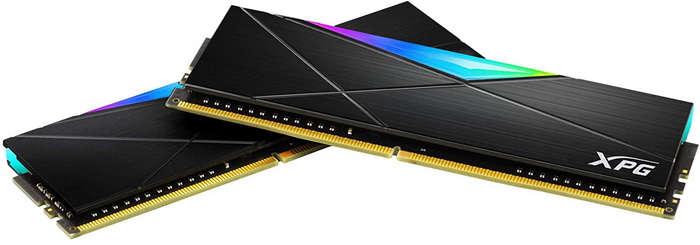
With all eyes turned towards DDR5 RAM it's perhaps easy to forget two things, first that due to low CAS timings (less than half) DDR4 is not that much slower in real world usage/applications (at least not compared to current DDR5 modules) and second that due to severe shortages it will be a while before most consumers can actually get their hands on the really fast DDR5 kits (well over 6GHz). On top of that 99% of all current gen systems are using DDR4 RAM and the same of course goes for the vast majority of motherboards out in the market today (including some Z690 based models). With all these in mind DDR4 is clearly not going away anytime soon and so today I’ll be testing yet another DDR4 kit, the Spectrix D55 16GB 3600MHz CL18 by XPG.
XPG (XTREME PERFORMANCE GEAR) was established by ADATA to provide high-performance products to gamers, Esports pros, and tech enthusiasts. We are committed to developing products that deliver extreme performance and therefore work closely with the gaming and esports community to gain insight into the real needs of users. We provide a full range of products from systems, components, peripherals to devices, and create them with the highest standards of stability, reliability, and performance in mind. We also develop products with sheer cool designs that have earned us several prestigious international awards, such as iF Design and Good Design. Beyond products, we play an active role in sponsoring and supporting esports events and teams globally to realize extreme gaming experiences at the highest levels.
The Spectrix D55 line of DDR4 RAM by XPG currently includes single (8/16/32GB) and dual (2x8GB/2x16GB) kits at 3200/3600/4133MHz frequencies, timings as low as CL16 (3200MHz CL16, 3600MHz CL18, 4133 CL19) and voltages ranging from 1.35V (3200/3600MHz) and up to 1.4V (4133MHz). Under the black anodized aluminum heatspreaders XPG has placed a total of 5 ARGB LEDs (compatible with all the leading motherboard sync technologies) and always according to the popular Thaiphoon burner software the 3600MHz 1.35V 16GB kit which i have here with me today is based on single rank, single D-die 8GB modules by Samsung (needless to say the kit is XMP 2.0 certified with timings set at 18-22-22-44-66). Finally, as expected XPG covers the entire Spectrix D55 line of DDR4 modules and kits with a rather generous limited lifetime warranty. So, shall we see what the Spectrix D55 16GB DDR4 3600MHz CL18 kit has to offer?
SPECIFICATIONS AND FEATURES

THE SPECTRIX D55 16GB 3600MHZ
XPG uses a black box to ship their Spectrix D55 which typically has their logo and a product picture at the front right next to the supported RGB sync technologies, its capacity and speed.
A product description is printed at the rear in 22 languages and right over contact information for ADATA.
The black anodized aluminum heatspreaders have 3 lines/channels on each side so they look nice even before you light them up.
As usual a small sticker at the rear includes information like speed, latencies and required voltage.
By my count underneath this plastic piece at the top XPG has placed a total of 5 ARGB LEDs.
Measuring roughly 40mm in height the Spectrix D55 may not be the shortest modules out there but they are not the tallest ones either (to showcase their height i placed them right next to the Ballistix Max, Spectrix D45, Patriot Viper and the Mushkin Redline modules - reviews soon).
One thing's for certain, these modules look very nice.
Thanks to the Thaiphoon burner software you can check more details about the Spectrix D55 3600MHz CL18 modules.
TEST BED
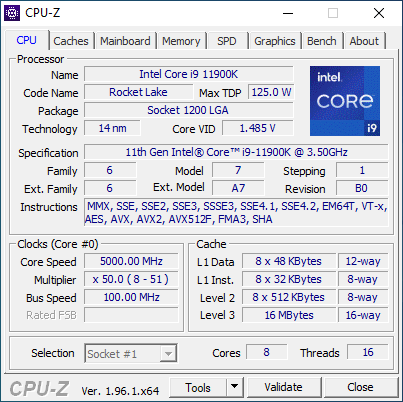

TESTING METHODOLOGY
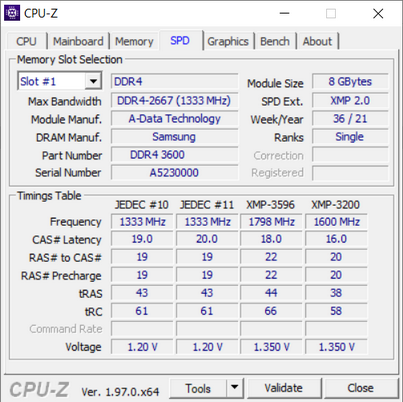
Thanks to XMP (2.0) profiles the only thing one needs to do in order to run this RAM kit at its advertised frequency, timings and voltages is to choose/enable it from within the Bios and reboot. That being said if you're into overclocking you may not wish to use the main XMP profile but instead to choose your very own frequency, timings and voltages to achieve even higher performance numbers and that's exactly what we'll also be doing during our DDR4 tests. To be more specific aside testing each kit with its XMP profile we will also be upping the voltages (up to 1.4V max – even though most kits can function at higher voltages I don’t recommend doing so / RAM modules that use 1.4V/1.45V/1.5V will be tested up to 1.45V/1.5V/1.55V respectively) and frequencies (200MHZ increments) until i find the maximum achievable stable frequency. I also thought about upping voltages and reducing timings instead of increasing the frequency of the modules as high as it can go (always stable and without going over 1.4V) but the end results are pretty much identical.
As for the how I'll be testing each DDR4 Quad/Dual-Kit to arrive in the lab well there aren't that many benchmark programs that only test RAM (or at least RAM and CPU without anything else coming into play) but I’ve got most of them and so you will be seeing results from following benchmarking programs, AIDA64 Engineer Edition, Cinebench Release 20, MaxMemm2 (because we are getting low performance numbers this doesn't seem to play well with our test rig - probably because of the X299 architecture - but we decided to include it regardless), Passmark Performance Test 9, Sisoftware Sandra Titanium and WPrime v1.55. All tests are performed on a fresh Windows 10 Pro installation (complete with all updates until the day of this review) and are repeated a total of 6 times after which the average numbers get recorded into the charts.
* In addition to Quad-Channel tests since March 2020 I’ll also be using the brand new I9-9900K+Z390 DARK test rig (check above) for Dual-Channel RAM tests.
** Since May 2020 three game benchmarks (Assassin’s Creed Odyssey, GEARS 5 and Metro Exodus tested on the X299 system at 1080p resolution and with the ASUS ROG RTX2060 OC set at Gaming Mode) have also been added in the charts.
*** In September 2021 i replaced the Intel I9-9900K+Z390 DARK test rig for a brand new Intel I9-11900K+Z590 DARK one (you can access all the Z390 DARK based tests here).
TEST RESULTS - XMP PROFILE / DUAL CHANNEL
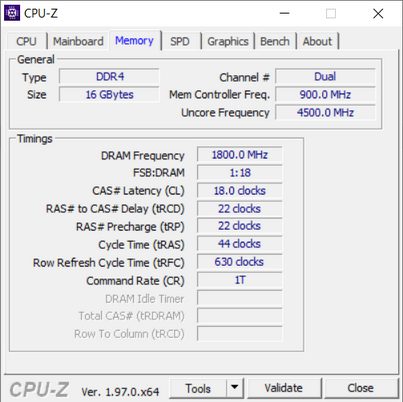


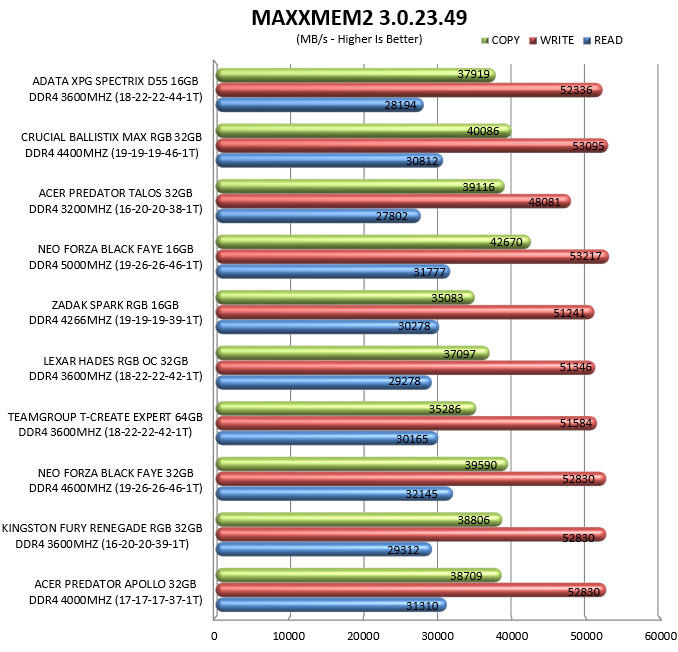
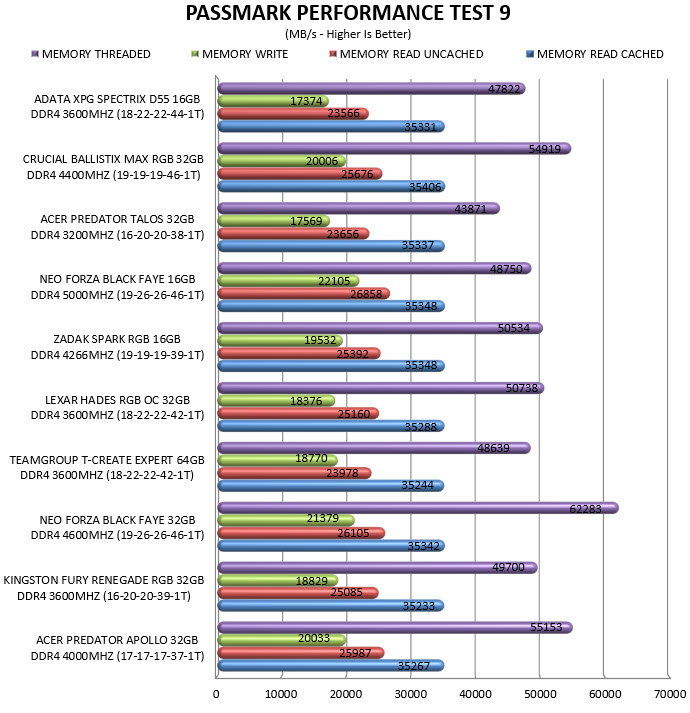

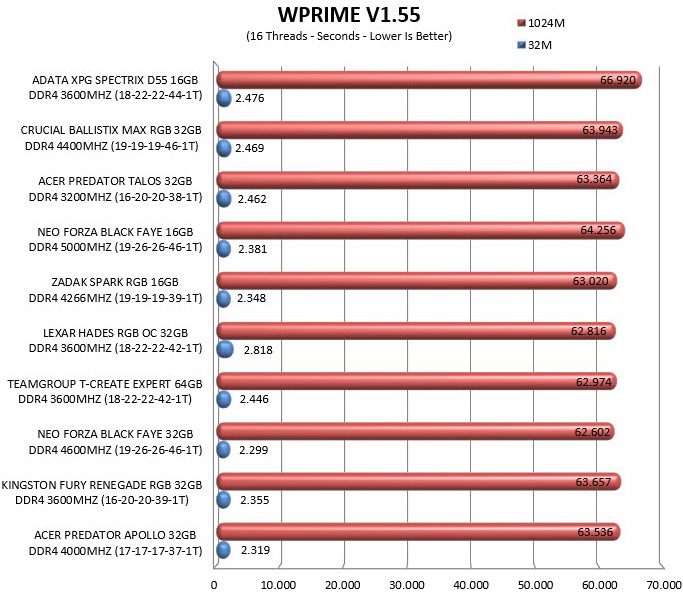
TEST RESULTS - OVERCLOCK / DUAL CHANNEL
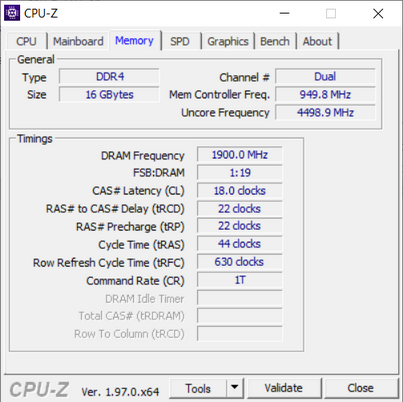
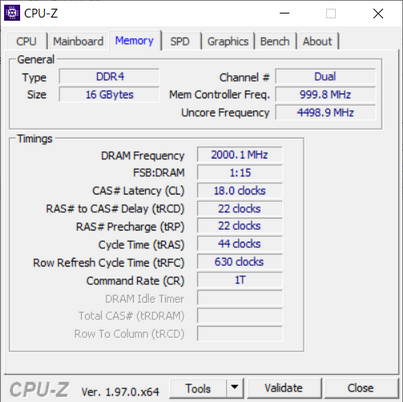
With the voltage set at just 1.37V and 1.4V I was able to push this kit to 3800MHz and 4000MHz respectively so it has quite a bit of OC headroom.
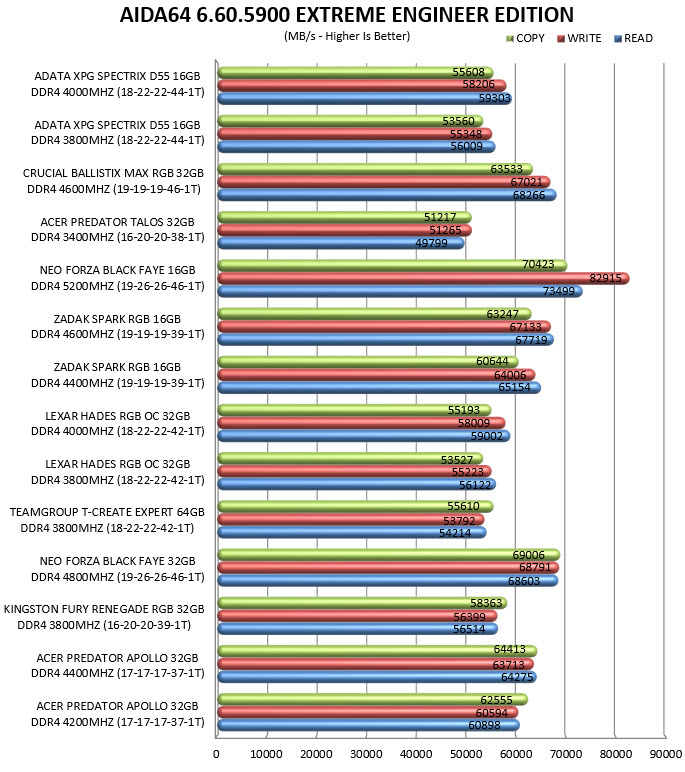
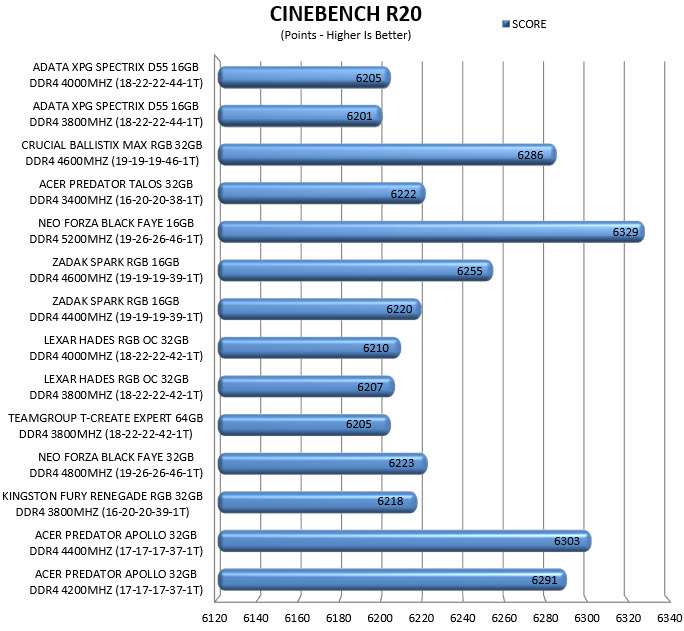
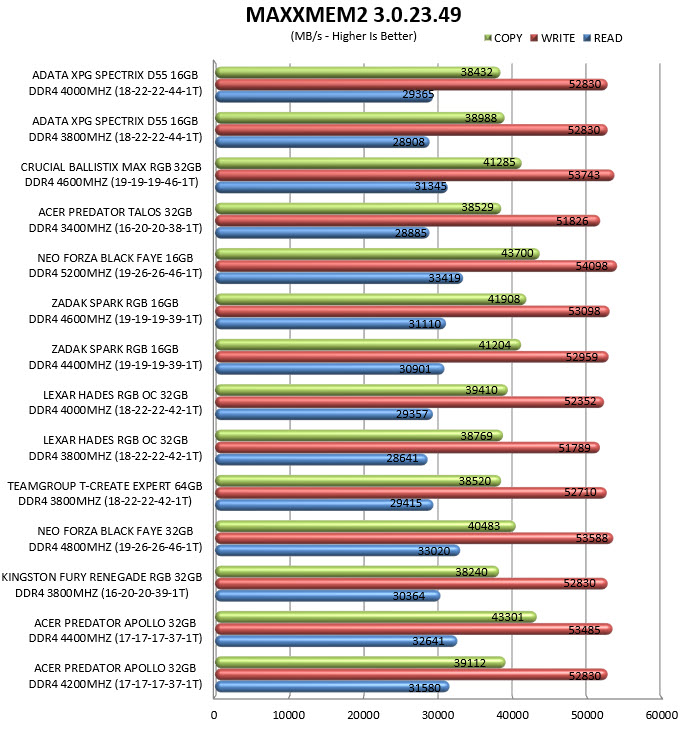
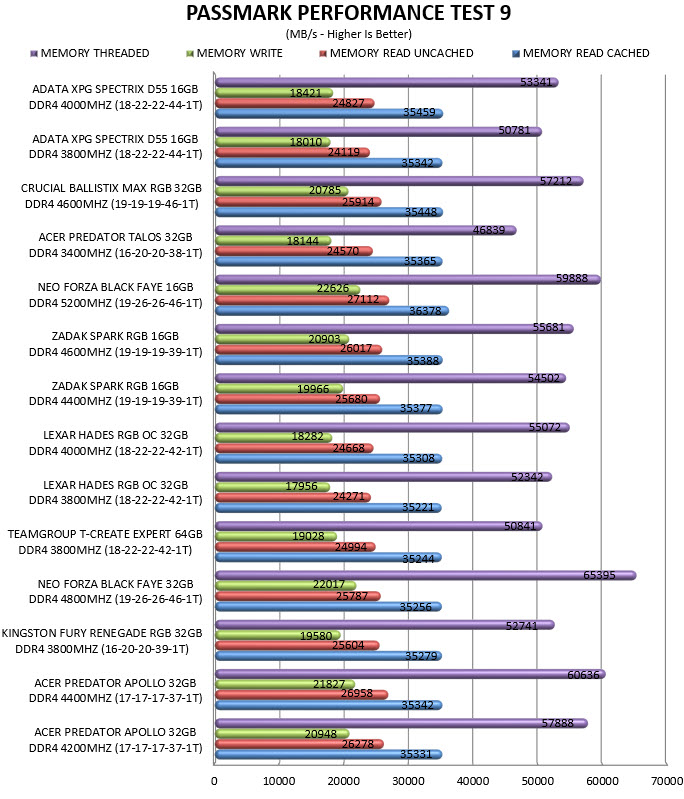
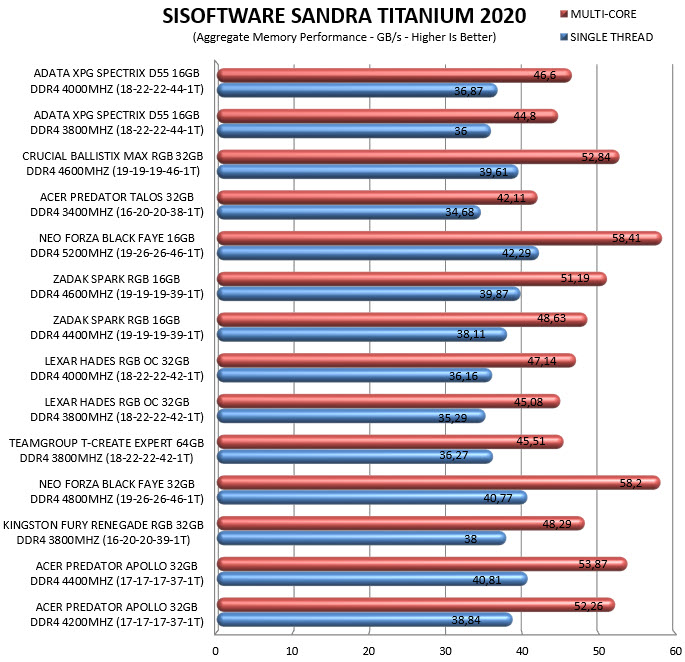
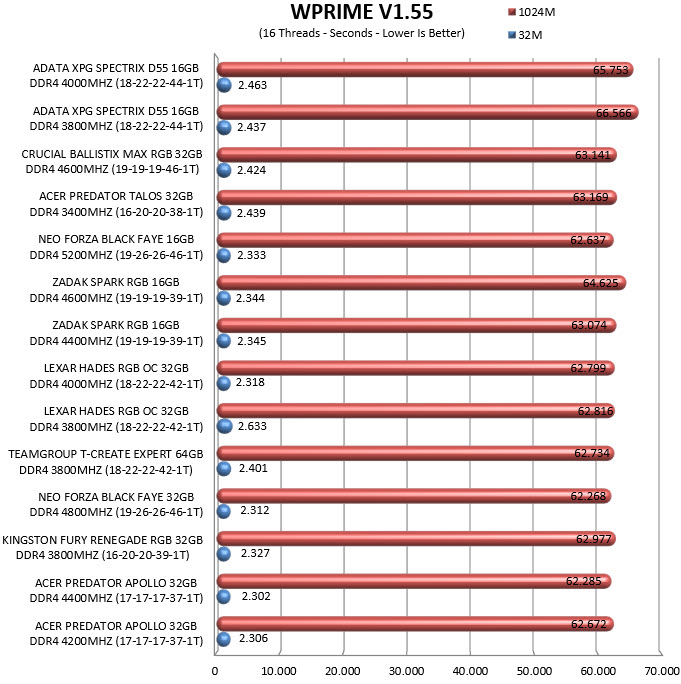
CONCLUSION
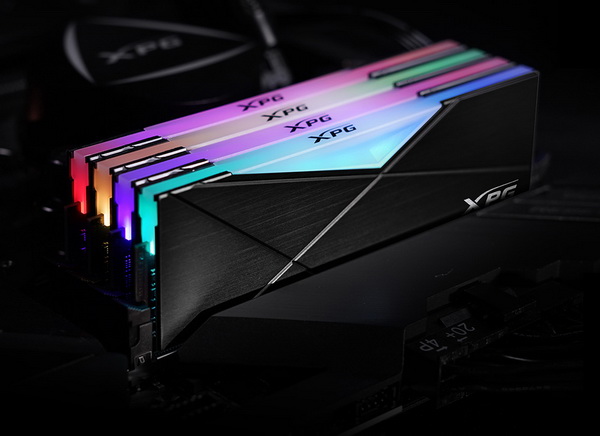
The XPG Spectrix D55 16GB DDR4 3600MHz CL18 Dual-Channel Kit is the among the very first ones I’ve received by ADATA and even though it’s clearly not the fastest one around I was impressed with its looks and why not even its overclocking headroom (4GHz at 1.4V is not bad). Of course, ADATA makes much faster kits for more demanding users (the D55 is also available at 4133MHz) but even the D55 should be enough for the majority of users out there (I would however opt for the 32GB kit if I was building a new gaming system right now). Unfortunately, the Spectrix D55 is not available in kits over 32GB in capacity so some consumers who need the extra juice will have to look elsewhere (again, ADATA does have higher capacity kits).
Much to my surprise even though the Spectrix D55 16GB DDR4 3600MHz CL18 Dual-Channel Kit is not available inside the USA (not currently anyways#) it is available in the EU for just 91.99Euros (Amazon.de). So basically, ADATA offers a complete package with this kit, good performance, great looks, plenty of OC headroom and price and that’s why it certainly deserves the Golden Award.

PROS
- Very Good Performance (Up To 4000MHz CL18)
- Build Quality
- Looks (ARGB LED Bar)
- Lifetime Limited Warranty
- Price (EU)
CONS
- Dual Channel Kits Only
- USA Availability (Current)

 O-Sense
O-Sense





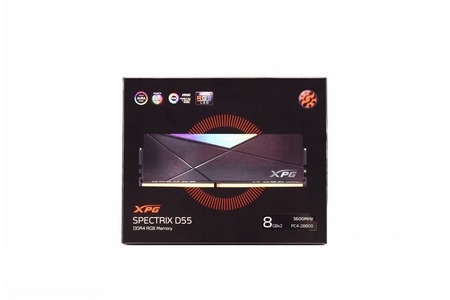
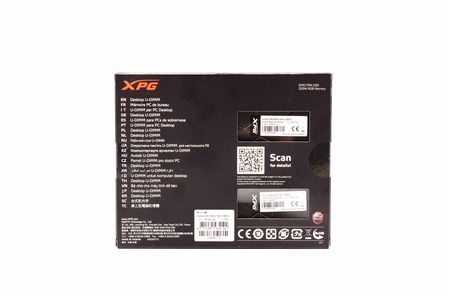
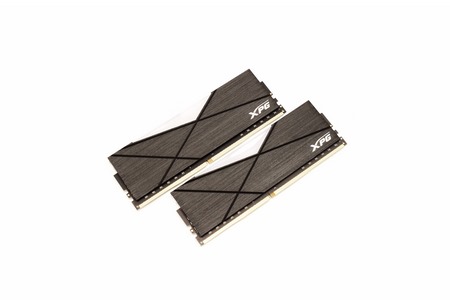
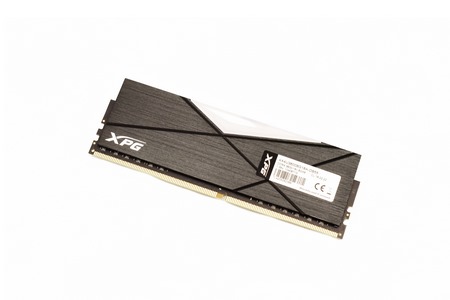
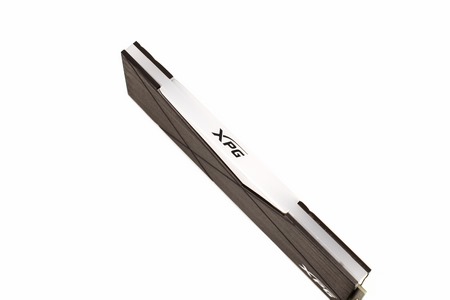
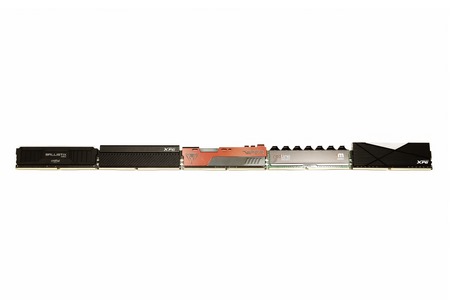
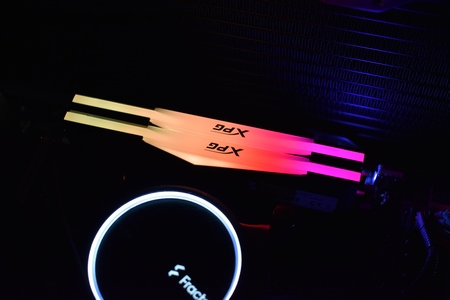
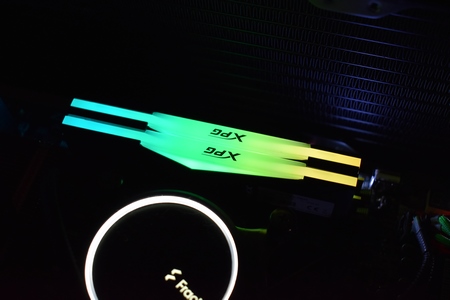
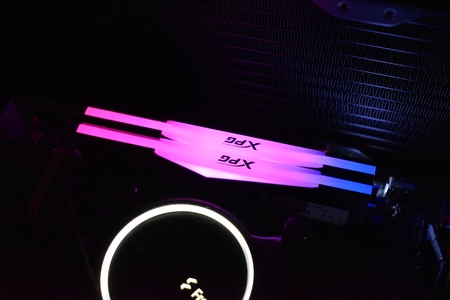
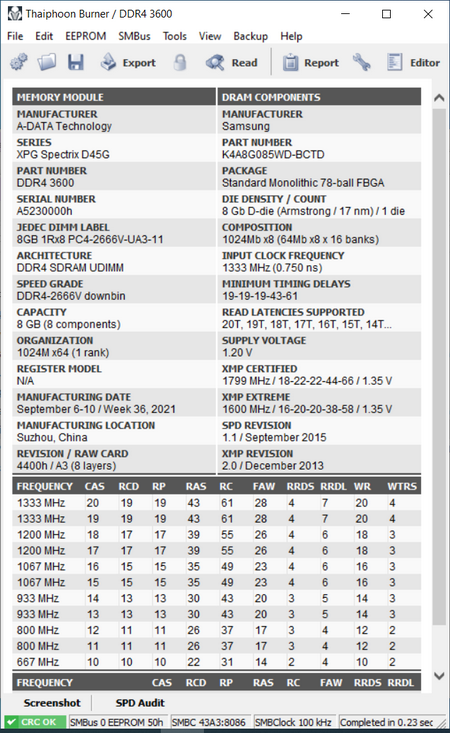


.png)

